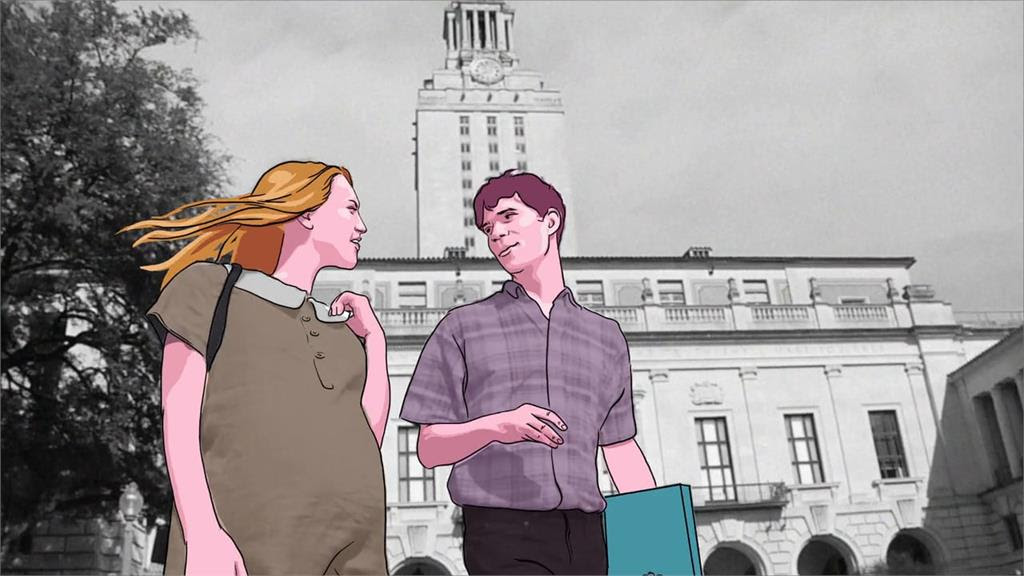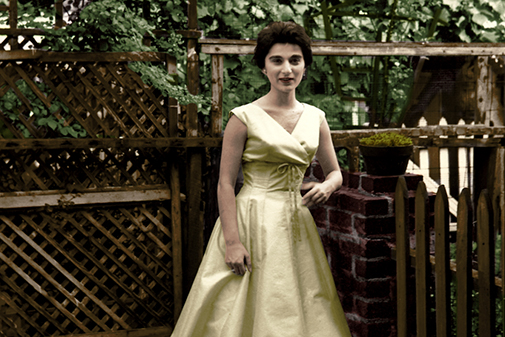 Consider this: half a century ago, among the first people in the modern history to be shot and killed by a mass gunman at an American school included a pregnant woman and her unborn baby, a Latino teenage delivery boy, and a father of six. These people and fourteen more were all victims of Charles Whitman who, after murdering his mother and his wife, took a collection of rifles and ammunition to the 27th floor of the main tower building at the University of Texas in Austin and for 96 minutes fired at anybody who moved on the ground below.
Consider this: half a century ago, among the first people in the modern history to be shot and killed by a mass gunman at an American school included a pregnant woman and her unborn baby, a Latino teenage delivery boy, and a father of six. These people and fourteen more were all victims of Charles Whitman who, after murdering his mother and his wife, took a collection of rifles and ammunition to the 27th floor of the main tower building at the University of Texas in Austin and for 96 minutes fired at anybody who moved on the ground below.
Now, consider this: after 49 years of guns being banned on campus, the state of Texas’ 2015 “open carry” laws mean anybody just like Whitman could walk onto the same space today that once saw so much blood spilled and who could argue? It seems absolutely baffling that the cite of what it known as America’s first mass school shooting is now going backwards in time along with the rest of the state (and the country?). How quickly some forget the people they pay lip service towards wanting to protect.

So it is appropriate then that Tower should come along to try and remind us of the tragedies of before and, however indirectly, the absurdities of today...
Keith Maitland’s new documentary uses animation and archival footage to tell the story of August 1, 1966. We spoke recently of how Penny Lane’s Nuts! utilised animation to fill in the absurd patches of a story that had no documented footage. Here, too, does Maitland, colouring in the blank spaces left by history. But the use of this 2D, block-coloured animation serves another purpose, to take us back half a century with a technique that speaks of today, lending the story a timeless quality that also allows the survivors – several of whom appear as talking heads, rotoscoped from Errol Morris-style direct-to-camera interviews – to revert back to the people they were before a man with a gun changed them forever.
It is a neat trick and one that allows for a visual continuity throughout. What archival footage there is of the shooting event is effortlessly woven into the narrative, acting as a recurring reminder that this was a very real thing that happened and how violent, bloody, and shocking it really was. Tales of courage under fire and tragedy are revealed while also telling of a suspenseful story that is heartbreaking in how common place it is today. It is an often gripping film, elevated by the unique form of reconstruction that animation provides.
Compare Tower to another recent documentary that explores past tragedies and the reconstruction of crime: The Witness. That film looks at just one murder, that of Kitty Genovese, but one that is almost, if not more, famous due to the long-lasting mythology that surrounds it suggesting 38 people heard the woman being attacked and screaming for help and yet did nothing. It’s a story that has ebbed into pop culture through television series like Law & Order: SVU and Girls, and a growing thirst for true crime.
The film, directed by James Solomon but undertaken by Genovese’s brother, Bill, is less concerned with the who did it of the crime (he was caught and sent to jail) or even the grander social implications of why people would refuse to offer help if they did indeed help. With the victim’s brother at the centre, The Witness becomes a confessional tomb of sorts for his sister (he was 16 at the time of her death).

To be perfectly honest, watching James Solomon’s film gave me the heeby-jeebies; a sense of peculiar unease that maybe I was prying in on somebody’s personal therapy. Or, more precisely, watching somebody who needs therapy rather than making a movie. He continues his search for closure by awkwardly probing those around him whether they like it or not, and even discovering hidden secrets of Kitty including her homosexuality. By the time he hires an actress to walk the same stretch of street in Kew Gardens that Kitty walked that night in 1964, having her scream and wail down footpaths and inside stairwells, I was unsettled. But not in a particularly good way. The film, much like the case itself, is a curiosity more for those intrigued by the lasting wounds of tragedy that isn’t helped by some unimaginative camera work and a decidedly vague conclusion.
Release: Tower is out through Kino Lorber this week and touring throughout October and November. The Witness is currently on demand across the streaming platforms.
Oscar Chances: Both could easily find fans among the branch. Tower, much like Newtown, is timely, and last year’s nomination for the short Last Day of Freedom suggests maybe they are reader to embrace animation in documentary. The Witness could benefit from the renewed interest in true crime and if enough members remember the case from its time and are intrigued enough to relive that time then it could be a surprise of the shortlist.